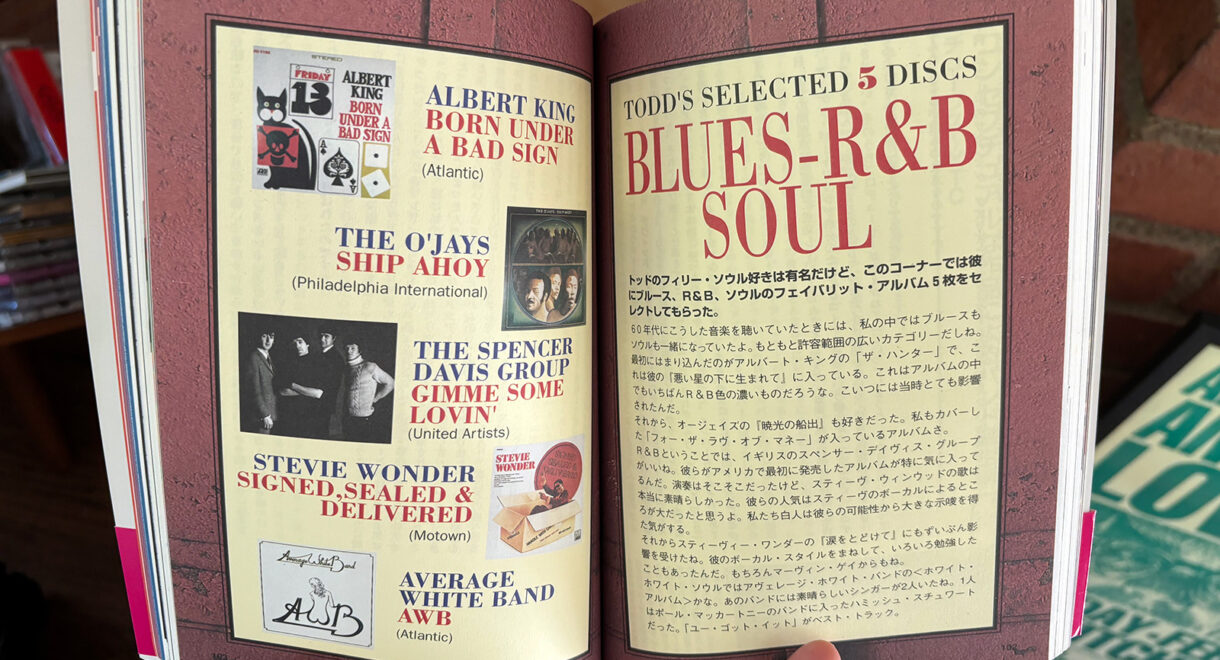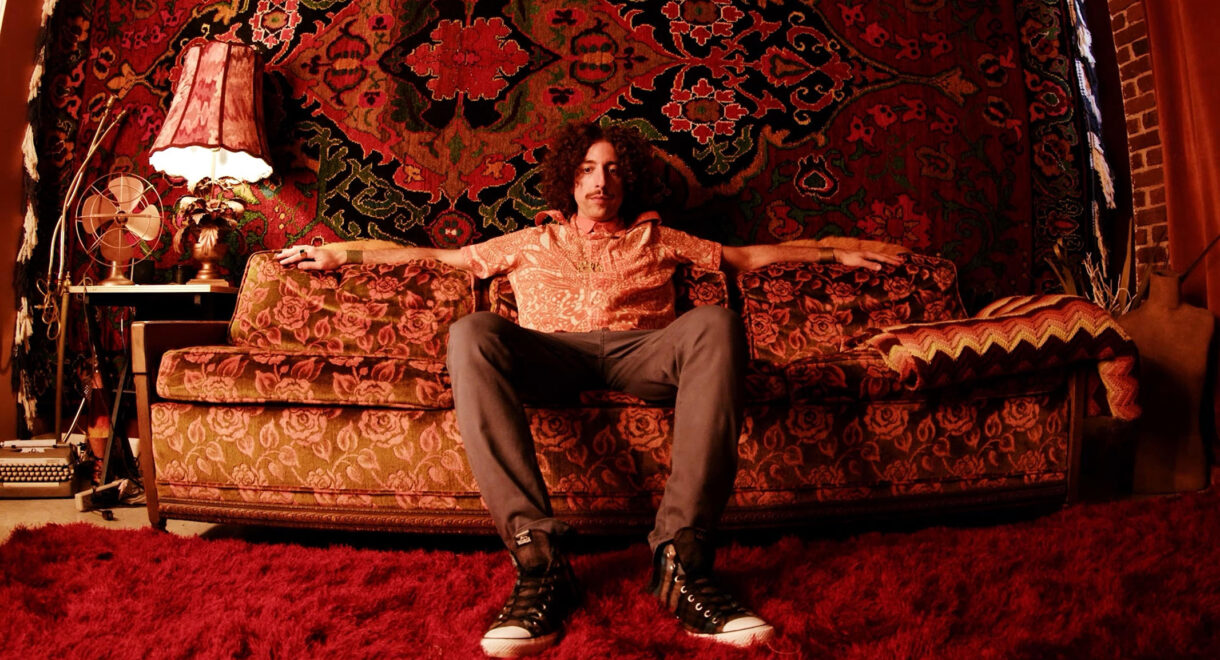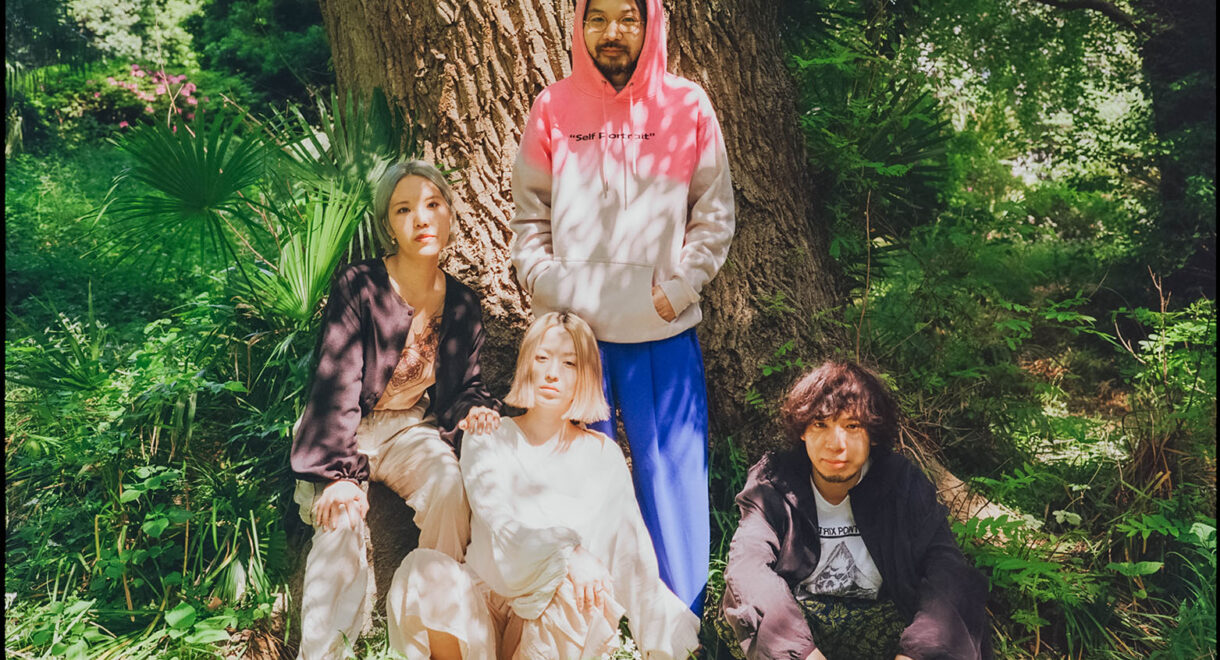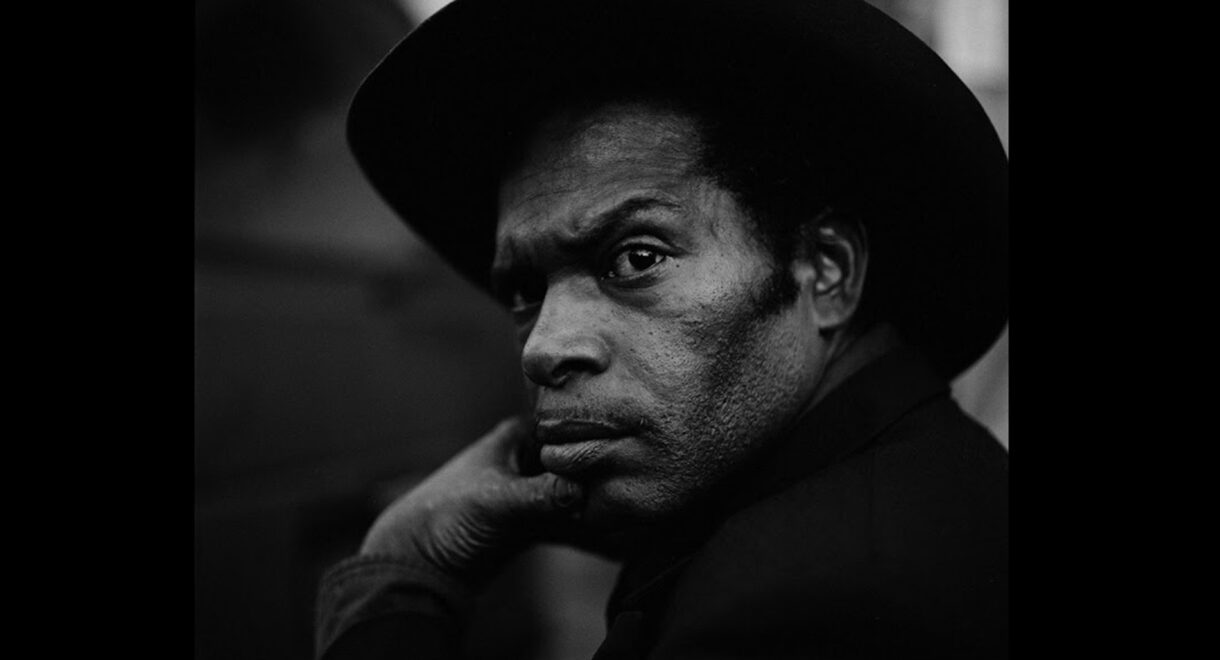“Dubwise but not exactly dub, rich in ambience but not exactly ambient music.” With three of the classic Sade albums (Promise, Diamond Life, Stronger Than Pride) recently repressed […]
Record Stories w/ Sonrisita

LA based music archivist and investigator Sonrisita shares iconic records from her life and collection.
Melissa Dueñas aka Sonrisita joined us as a guest selector at our ongoing summer-long residency at Neuehouse Hollywood. Prior to the listening session, we sat down with her to learn more about her musical history and a few favorites from her record collection. Host of “Lowrider Sundays” on Dublab and creator of the “Eastside Story Project,” Melissa is driven by unearthing under-represented stories from her own community and others. She’s known for her distinctly diverse taste, and we got a chance to explore her punk roots and current musical obsessions.
What was the start of your relationship with vinyl?
It really started with being into punk. I wanted to support the music scene, so I was buying my friends’ punk records at local shows. It was even before I had a record player, but I eventually got one. It was one of those shitty ones that were made to look old — the ones with a CD player, tape player and record player in one, so it was wonky. Everything sounded like it was underwater, but I didn’t care.
Were you in punk bands before you started DJing or was it vice versa?
I think those things kind of happened simultaneously. I started playing drums when I was 16, and that’s when I started going to punk shows. My friends and I were in a bunch of different bands, and I’m dating myself here, but making a cassette was an affordable way to get your music out. It wasn’t really cool and it wasn’t for the vintage sound; it was just accessible.
One of the first records I bought that wasn’t punk was this Studio One Soul comp. I’ve had this since I was a teenager. And some people might think it’s not valuable because it’s a comp, but this is so special to me because when I found it at M-Theory in San Diego it changed the course of my music discovery. Even though I was a punk, I really wanted to collect lowrider oldies and sweet soul records, but I never knew where to find that stuff. When I was looking at it, I saw familiar songs like “I’ll Be Around”, and I loved that song. And so I was just like, “Cool, I am buying this soul comp; it has all the hits on it.”
I got home and realized it was all rocksteady covers of oldies. I had never heard anything like it because in San Diego you grew up hearing a certain era of reggae. Barrington Levy and Eek-A-Mouse and that general style — you don’t even have to try to seek that out. It’s just the soundtrack to San Diego.
I had no idea that there was this other earlier form of reggae music that was rocksteady. I didn’t know the context of where it came from, or about skinhead culture in England. I just knew that this was amazing. It would take some time, like a few years later, when I realized this was a whole cultural phenomenon. But it was an accidental discovery.
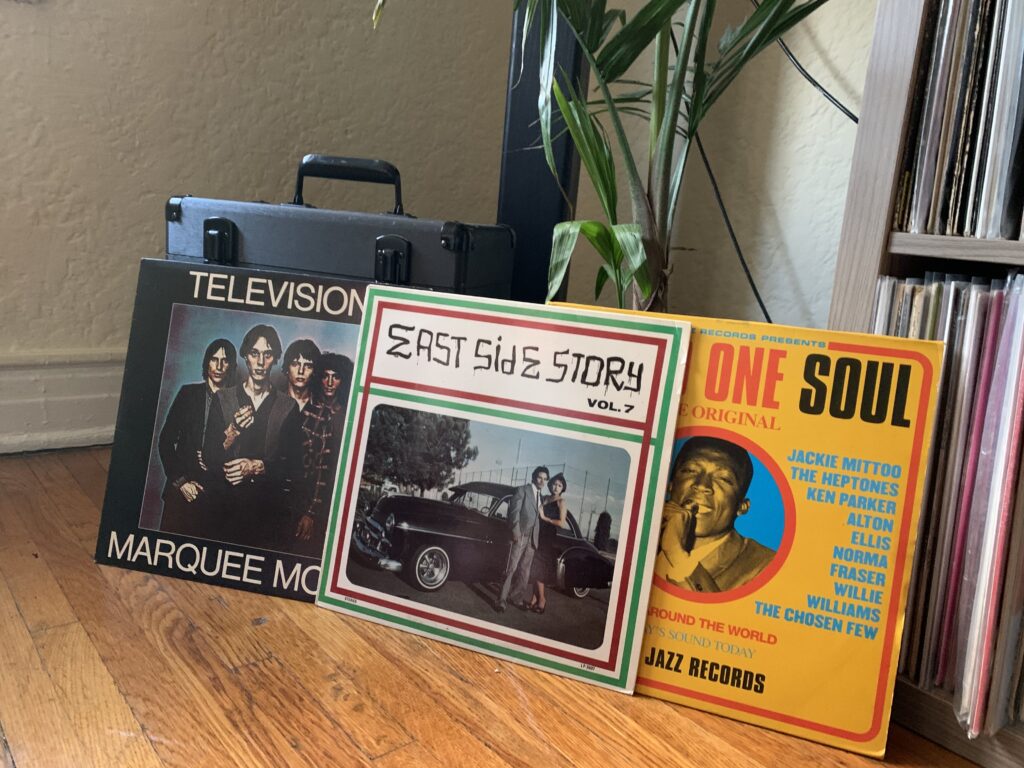
Is this a record that you take out a lot when you're playing?
I do, actually. I still play some of my favorite songs here, like “I’ll Be Around” by Otis Gayl — that cover is beautiful — and “Deeper and Deeper” by Jackie Mittoo. For me, a Jackie Mittoo version of anything is just amazing. I guess maybe because I know it’s a comp and I can buy it again if I need to.
Is there a genre that you feel particularly attached to?
I definitely think it’s soul music, particularly sweet soul or what people call like lowrider oldies, just because that was something that I didn’t even really choose to listen to and was the soundtrack to my life. It was in the fabric of my neighborhood and my culture. I’ve always felt connected to it no matter what musical wormhole I’m in. It connects me to people of different generations and people in different cities, but it’s also something I’ve invested a lot of time and energy into exploring.
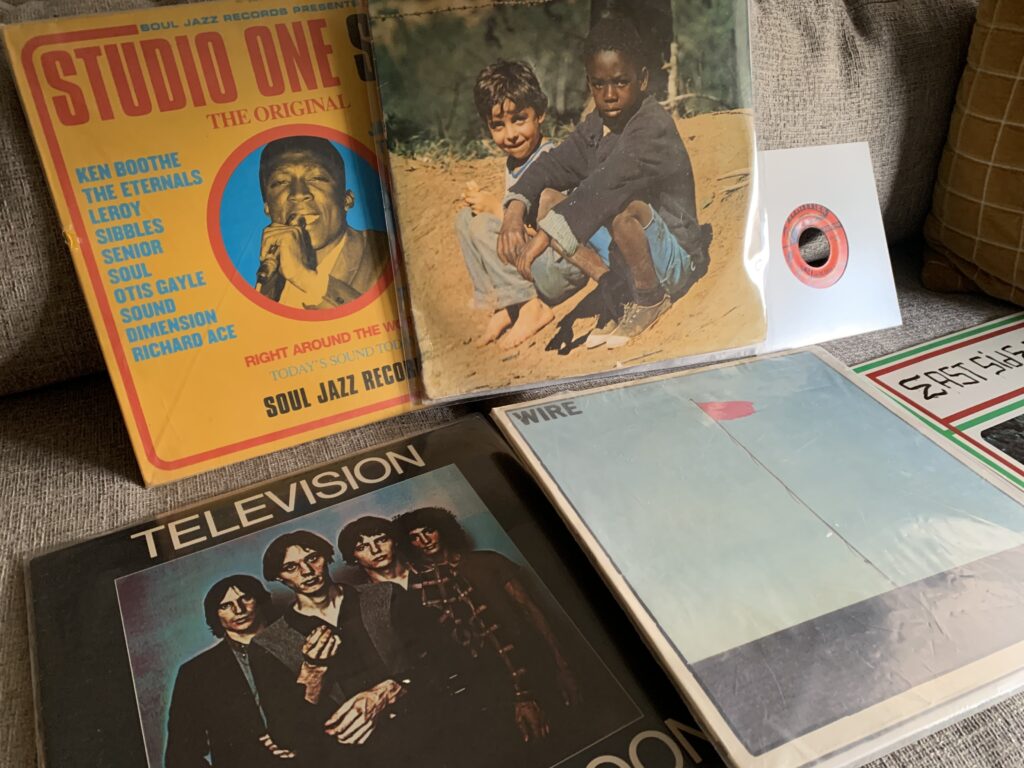
Why do you think sweet soul speaks to the community you grew up in?
You know, that’s something I’ve actually asked a lot of people on my radio show “Lowrider Sundays” and another one of my projects called the “Eastside Story Project.” I’ve asked Chicanos why this sound is such an important part of our culture. There are different explanations, but my interpretation is that there’s just something about sweet soul that’s bittersweet.
There’s something about that feeling of wanting to cry and dance at the same time. I think that it’s hopeful and painful at the same time, and I think that resonates with the community a lot. It’s nostalgic and the musical tradition runs in our families and that’s true for me as well.
You mentioned there were records at your grandma's house. What records did you find there?
They were mostly soul records. She had a record from Thee Midniters, who were a big Chicano soul garage band from LA, with the track “It’ll Never Be Over For Me” on it. Why I love this story so much is because I found it at my dad’s mom’s house, and what’s funny is it has my mom’s nickname, “Bebe,” and another guy’s name on it, “Teddy.”
My mom ended up dating that guy again after my parents got divorced. Then Little Willie G came on Lowrider Sundays and he signed it. That was really special to me. I played this song at my dad’s funeral, as well, so this is very special to me. And I play out this exact copy; it’s not so sacred.
I don’t feel that way about any of my records. The way I think about it, they’re material objects. I just started collecting more expensive records. I don’t feel they’re too precious. To me, music is meant to be shared. Why have records that are just going to sit on your shelves?
Do you find that perspective to be foreign in the landscape of vinyl culture?
Just from talking to so many different collectors through my shows and things, I’ve realized that there are just different ways people enjoy collecting, and there isn’t a right or wrong way. I have a lot of friends who are DJs and our records are a mess and kind of messed up because we’re constantly gigging.
And then I know some people who are more of a pure collector, and in their world records are extremely precious. They put them in the nicest sleeves and are so careful with every aspect. That used to really annoy the shit out of me, but now I appreciate that more. I realized how much money they spend and the time they put in. Of course they want to take care of their collections in the way to preserve them.
I don’t really think that it’s right or wrong. I go back and forth with the financial barriers of collecting and how it can be classist. But then I also compare it to collecting art, and people aren’t even spending as much money on records as some do collecting fine art.
I’m also not ashamed of reissues. I’m never going to afford a $1,000 45. It’s funny too because a lot of people I know that used to talk shit about reissues are now pressing reissue themselves. I think it’s funny.
How has your taste changed over the years?
As the years have gone on, I’ve moved away from collecting soul and funk, because I have pretty diverse taste. I was doing a lot of events that were soul and funk specific, so I felt some pressure to play music that fit into that. It wasn’t how I wanted to collect music though, and so I started saying no to a lot of those events to create space for myself to represent all of me and everything I wanted to play.
And since I haven’t been playing gigs through the pandemic, I was able to do mixes that I felt really expressed where I am musically; It really meant a lot to me. I can play a set where I play jazz and disco. I can even play something random and weird and when people listen to it, they think it’s dope.
Can you tell us about this next record?
This one is actually what I based a lot of my research on for the East Side Story Project that’s on a bit of a hiatus. In case anyone doesn’t know, East Side Story is a compilation of low-rider oldies music that was released in the late 70s to the early 80s; They’re kind of like an underground classic. I DJ’ed at an art show in San Francisco Galleria De La Raza called “The Q-Sides” in the summer of 2015; and the show reimagined these old photos, but from a LGBTQIA perspective. There’s a lot of homophobia in low rider traditional Chicano culture. And they were at the forefront of a lot of this stuff. It’s still so relevant and important. So they took photos like this, but inserted themselves in a narrative they felt they were excluded from.
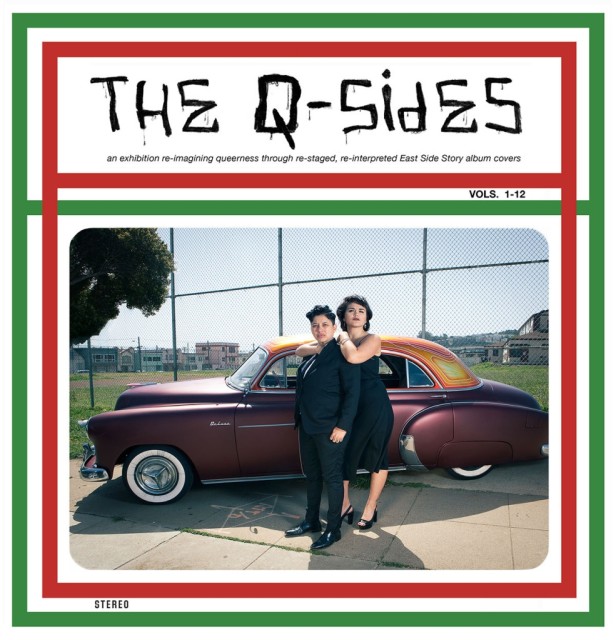
Watch a shoot for The Q-Sides: https://vimeo.com/131058424
it was powerful what they did. And it really got me thinking about who are the gatekeepers of this culture? Who’s saying they can’t be a part of the community and why? Do you know what I mean? I realized how powerful these images were because people had such a visceral reaction, and then it made me want to know more about the actual people, and who they were, so I went on this wild goose chase to start finding some of these people.
I picked this one out of the 12 volumes because the first person I ever talked to was the brother of the guy on the cover; and his name is Carlos Estrada, and he died a long time ago. His brother told me his story, and it was just so powerful. The man in the photo died of pneumonia related to his MS. And it’s surreal because I just looked at the photo and thought, “Oh, this guy is trying to be cool,” and then his mom told me that it was actually when he started to get really sick. She pointed out that his jacket was a little messed up in the photo and said he was limping by then, but refused to use a cane. It was really a beautiful experience to spend time with that family, and sadly his brother Eddie who I talked to passed away as well. And I’m just so grateful and honored that they let me into their family, and shared those stories with me.
Images are so powerful and we can’t help but project stories onto them, and that reinforced that you can’t make an assumption from a picture.
And it's really fascinating that you have this innate desire to learn more about the stories behind the music that you're playing.
You know, that’s always been something I’ve been interested in. And that’s something I’ve dealt with in both my undergraduate and master’s degree programs. Even as a kid, I just always wanted to know more, and it wasn’t necessarily about being really nerdy about things like, “Oh, so this band was recorded at this studio in 1960” or whatever. I love that, but that’s not what interests me. What interests me is these cultural artifacts and the impact they have. It’s about the communities that develop around the music that has always been the most fascinating to me.
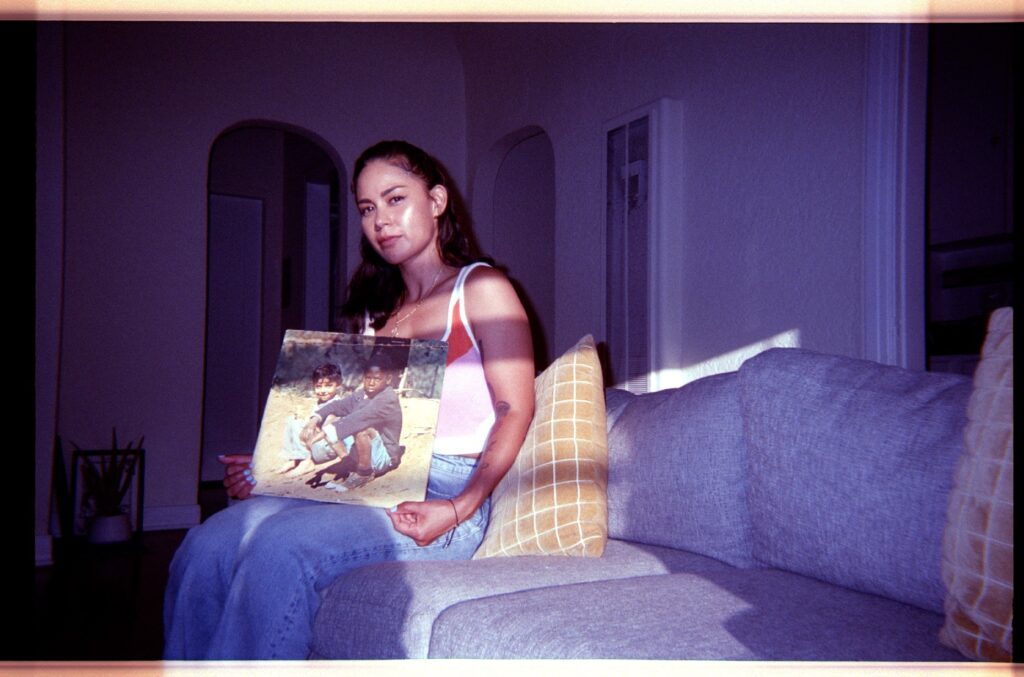
The one funny thing about this guy who created these East Side Story compilations, is he was just a white Greek guy that said to himself, “Oh, this group of people likes this music. How can I capitalize on this”? And he did a great job, and it was excellent marketing. It was the first of its kind to directly market to this kind of low rider experience. It’s amazing that way, but the meaning is not inherent in this object. The people create the meaning. The people are what makes this powerful, and that’s what’s always the most interesting to me.
That’s fascinating. This next one looks like it might be a record from your punk days.
Yes, it’s Marquee Moon by Television. I never really grew up hearing anything that was remotely related to rock and roll, so when I started getting into punk, I also got into a lot of 60s garage; Both the rare and basic stuff like The Zombies or The Animals. Then I went on a whole tangent of Pink Floyd and it kind of blew my mind. It was after that point that I got into early punk, or what you would call proto-punk. Television is in that category, and what really intrigued me about these bands, is that they were punk in their attitude and aesthetic but musically you wouldn’t immediately classify it as “punk.” Blondie and the Talking Heads were all part of this movement in the New York art scene.
I distinctly remember being in a car with my friends who were in the same band as me, and this album was playing and I was so engulfed by the sound. I remember not wanting to ask who it was because I didn’t want it to look uncool. I didn’t realize it was obscure. I don’t remember how I actually found out what it was, but I found a copy at the record store I was working at in San Diego.
I spent a lot of years working at this record store called Record City. I worked for records like anyone who works at a record store and they would get some good punk, new wave and 80s records. He would always get mad when I wanted to use up my money to buy one of the records on the wall. He would say, “I just put it up there! Can I just leave it up there for the day?” I’d agree with that but I always had to pick and choose which ones I really wanted; because he would get so annoyed when I wanted to cherry-pick the best things. And this one is really special and I still have it. I’ve sold a lot of my punk records though this is one of the ones that I’ve kept and still want to listen to.
I’ve moved around so much that my record collection is pretty small. And I can’t keep having people hold records for me. Even with the small collection I have now, I know there are many years of listening in there. And people with huge collections, it’s no disrespect to them, but they know they’re never going to be able to listen to their whole collection.
This one is a classic.
It’s actually a recent acquisition. It’s Brazilian, but it’s Milton Nascimento & Lô Borges with their record Clube da Esquina. I got turned on to this record by a friend years ago and it’s special because he passed away last year. He was very influenced by Brazilian music and he schooled me on a lot of Brazilian music that I know. I’m just now trying to expand my collection with this music I’ve just always loved and I’ve never owned. This record was just so interesting to me, because It feels really quiet and meditative but it’s also dynamic. I just think it’s like a really special one to listen through, all the way.
Another friend I know who’s obsessed with Brazilian music recently opened a record store in Sacramento called Pressed, and he used his own records to open the collection. He has amazing records like this one, and I just hit him up and asked him if he had it, and he responded with, “A matter of fact, I do.” So I bought it off him recently.
I feel connected to both of them, owning this record. It’s special to me, knowing that it came from my friend’s collection and not some random guy off Discogs. He told me he was glad it was going to me and I really cherish it. It’s so nice to have that kind of connection with both of them through this.
Melissa Dueñas: https://www.instagram.com/melisduenas/
Lowrider Sundays: https://www.dublab.com/shows/lowrider-sundays
East Side Story Project: https://www.instagram.com/eastsidestoryproject/





